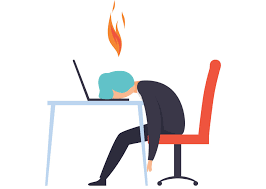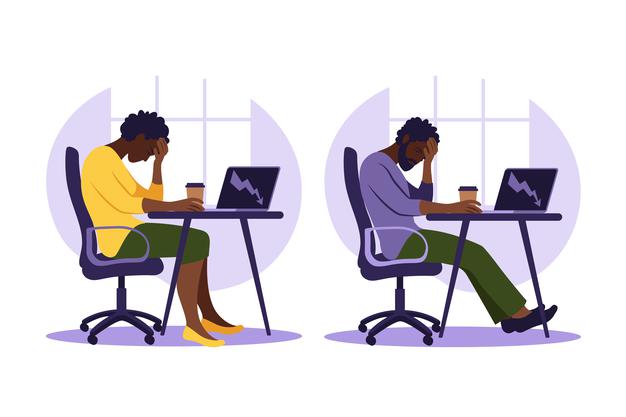Burnout can impact a person’s physical, mental, and emotional state. Physically, people will suffer from fatigue, headaches, as well as shortness of breath when they experience burnout from working. Some people will lose their appetite and change their regular eating habits. Have you ever noticed if any of your employees are taking more sick days or coming into the office looking exhausted? In this article, we are going to discuss some possible signs of burnout.
1. Decrease productivity and quality of work

It is easy to assume that the employee is just getting a little lazy when you have noticed that there is a decrease in productivity and quality of works that has been assigned to him. However, as a responsible employer, you need to bear in mind that there is a possibility that the decrease in productivity is based on the fact that he has overworked or simply no longer enjoys the work any more.
2. Apparent mood issues

Moodiness, irritability, or a generally negative attitude at work can be a giveaway of burnout experienced by an employee. If you notice that an employee who used to be happy-go-lucky has suddenly become quiet and is avoiding everyone, you may need to figure out the root cause of the issue. Low morale can be an indication of a burnout episode, and it has to be taken into consideration.
3. Refusing of team engagement

Emotionally, people are more irritable, which can lead to poor interpersonal communication. When an employee stops paying attention or losing interest in their work like they used to, it could be a sign of burnout employee. Indifferent behaviour can be pretty obvious, and it will stick out like a sore thumb in someone who used to show excellent enthusiasm when working.
Burnt Out? Here’s What You Can Do
1. Explore Further

Primarily, it is crucial that you truly understand the reason behind the employee’s unusual attitude. The underlying cause could be any possible things, if he’s had a recent shift in behaviour or performance. So, try to sit down and have a conversation. Maybe he is dealing with a rough patch in his personal life, an illness, or any number of things that can slowly affect one’s work life.
2. Work-Life Balance

As an employer, when you have noticed your employee is struggling with burnout, work together to develop some tactical ways to head off this problem. Find out what are workloads that he has to finish and set a reasonable timeline for him to get them done. Most importantly, make sure that your employees are not working in the evenings, on weekends, and through lunch break.
3. Switch things up

This method has proven to keep employees’ workloads under control while increasing their interest consistently. You can try adding some variation in the type of projects you assign to your employees. People tend to get bored over the same and repetitive, daunting tasks they have to do at work. When you switch things up, it may grow an interest in them as they get to learn something new.
Burnout is not necessarily something that will pass on its own. As an employer, it is your job to pay attention to your employees, communicate with them, and recognize the telltale signs that they’re drained, overworked, or overwhelmed. And most importantly—to step in and help them get back on track.
For more tips and articles, check out our Facebook page and our Instagram page.




